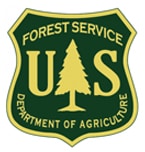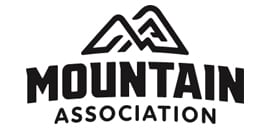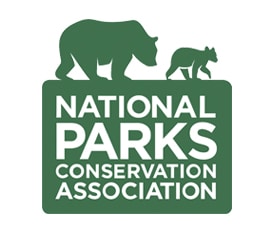Our Story
We are a nationally accredited nonprofit that uses a science-driven and community-minded approach to protect Kentucky’s irreplaceable wildlands. Foundational to ecological, human, cultural and economic health, the benefits of wildlands are vast – maintaining natural systems that sustain life on Earth, allowing wildlife (living things in wild places) to flourish not only for humanity but for their own sake, enabling nature’s recovery and fostering healthy communities.
Since 1995, KNLT has protected more than 57,000 acres of wildlands across Kentucky and within Central Appalachia. Our conservation work spans from the Appalachian Mountains through the rolling forest and grasslands of Central Kentucky to the meandering western sloughs of Western Kentucky.
Large, ecologically healthy, and connected landscapes are essential to protecting biodiversity and maintaining ecosystem resilience that in turn safeguards communities. Our approach focuses on increasing and restoring landscape connectivity, and fostering collaboration in ways that transcend arbitrary political boundaries and ideologies. KNLT is committed to fulfilling our mission in a just and equitable manner.

1995:
• KNLT was formed by a group of friends and launched a successful campaign to raise the funds necessary to purchase the old growth forest that is now part Blanton Forest State Nature Preserve.
1996-2004:
• KNLT worked with Kentucky State Nature Preserves Commission to acquire additional lands at Blanton Forest and provided stewardship assistance.
2005:
• KNLT honored David Burns with the first One Square Mile Award for his commitment to protecting the wildlands of Kentucky.
2006:
• KNLT acquired the 741-acre Arrington property, now part of our Salt Trace Gap Preserve,
• KNLT purchased the 786-acre Parsons tract and later resold the property to the Kentucky Department of Parks for the Pine Mountain State Scenic Trail. A portion of this tract later became the E. Lucy Braun State Park State Nature Preserve.
2007-2008:
• KNLT assisted Kentucky Department of Parks in purchasing the 1,027-acre Howard Property as an addition to the Pine Mountain State Scenic Trail.
2009:
• KNLT purchased 386 acres in Harlan County to connect two noncontiguous tracts of Blanton Forest Nature Preserve Design.
• KNLT and U.S. Fish and Wildlife Service Kentucky Ecological Services Field office partnered to establish the Indiana Bat Conservation Fund to help protect bat, forest, and at-risk terrestrial species Kentucky.
2010:
• KNLT received its first donated conservation easement of the 83-acre Good Spring Farm in McCreary County.
• KNLT joined forces with Fort Knox to purchase conservation easements in the forest corridor around Fort Knox and launches the Bernheim-Fort Knox Wildlands Corridor project.
2011:
• KNLT acquired two conservation easements in Bullitt County, totaling nearly 308 acres within the Bernheim-Fort Knox Wildlands Corridor.
• KNLT’s “South America” project was featured on KET’s Kentucky Life.
• KNLT paid tribute to major donors to the Blanton Forest campaign with a permanent plaque at Blanton Forest. Those honored were David Burns, Tom Dupree, Sr., Augusta Wallace Lyons, Herb Emrich, and Sara Shallenberger Brown.
• KNLT purchased nearly 2,000 acres in the area known as “South America” on the southern end of Pine Mountain in Kentucky.
• The Indiana Bat Conservation Fund protected over 2,650 acres of bat habitat.
2012:
• KNLT received a gift of 140 acres that protect an important water source in Bell County. The donated land became the Colson-Fitzpatrick Preserve.
• KNLT’s Executive Director, Hugh Archer, attended the White House Conference on Conservation and the Outdoors, as a representative for Kentucky.
• KNLT purchased 155 acres creating the Crooked Creek Preserve in Bullitt County. The preserve is part of the Bernheim-Fort Knox Wildlands Corridor.
• KNLT sold 1,864 acres to Kentucky State Nature Preserves establishing the Archer Benge State Nature Preserve in Whitley County.
• KNLT was selected for the Land Trust Alliance Excellence Enhancement Program.
• The Indiana Bat Conservation Fund protected over 4,500 acres of bat habitat.
2013:
• KNLT acquired 224-acre addition to Salt Trace Gap Preserve.
• KNLT began its partnership with the Forecastle Foundation.
• KNLT honored the Augusta Wallace Lyons Family with the One Square Mile Award for their commitment to protecting wildlands in the Kentucky.
• The Indiana Bat Conservation Fund protected over 7,150 acres of bat habitat.
2014:
• KNLT purchase 46 acres adjacent to the Archer Benge State Nature Preserve creating the Hyslope Preserve.
• KNLT honored Thomas Dupree, Sr. with the One Square Mile Award for his commitment to protecting wildlands in the Kentucky.
• The Indiana Bat Conservation Fund protected over 500 acres of bat habitat.
2015:
• KNLT sold 386 acres to Kentucky State Nature Preserves as an addition to Blanton Forest State Nature Preserve in Harlan County.
• KNLT expanded the Pine Mountain Wildlands Project targeting 14 new tracts totaling over 9,000 acres.
• KNLT honored Christina Lee Brown with the One Square Mile Award for her commitment to protecting wildlands in the Kentucky.
• KNLT was included in the Royal Visit activities, and staff had an opportunity to briefly discuss KNLT’s work with Prince Charles.
• The Indiana Bat Conservation Fund was renamed to Imperiled Bat Conservation Fund and was expanded to cover the newly listed Northern long-ear bat.
2016:
• KNLT became a nationally accredited land trust and received the Energy & Environment Cabinet Secretary’s Award for our public-private partnerships.
• KNLT purchased 2,050 acres on Pine Mountain near Pineville in Bell County establishing the Narrows Preserve.
• KNLT acquired three tracts of forestland totaling 651 acres along Pine Mountain in Bell County establishing the Calloway Gap and Cumberland River Bottoms Preserves.
• The Imperiled Bat Conservation Fund protected nearly 6,000 acres.
2017:
• KNLT purchased and protected a 353-acre addition to the Narrows Preserve on Pine Mountain.
• KNLT purchased nearly 2,000 acres on Pine Mountain near Cumberland, Kentucky creating three new preserves: Line Fork Preserve, Hurricane Gap Preserve, and Kingdom Come Preserve.
2018:
• KNLT was honored with the opportunity to hold a retreat at the Rockefeller Brothers Fund’s Pocantico Center in New York. The gathering of KNLT leadership, partners and consultants offered a unique opportunity to review our strategic positioning.
2019:
• KNLT purchased and protected a 376-acres in Harlan County establishing the Laden Trail Preserve; the new preserve is adjacent to Kentenia State Forest and near Pine Mountain Settlement School.
• KNLT purchased and protected a 127-acres in Whitley County establishing the Granshire Preserve; the new preserve is adjacent to the Archer Benge State Nature Preserve.
Our People
Staff
Greg Abernathy, Executive Director
Donna Alexander, Operations & Finance Director
Angie Allman, Development Coordinator
Nicole Breyette, Development Director
Megan Falce, Outreach Coordinator
Preston Lacy, Conservation Director
Derrick Lindsay, Stewardship Coordinator
Megan Naseman, Administrative Specialist
Jess Slade, Conservation Manager

Board
Kelly D. Bartley, Board Chair
Attorney
Lexington, KY
Bethany Baxter, Vice Chair
Attorney, Childers & Baxter PLLC
Lexington, KY
Melanie Ratliff, Secretary & Treasurer
Business Manager
Louisville, KY
Rebecca Allan
Visual Artist
Mount Vernon, NY
Mike Allison
Retired President & Owner, Harris Insurance
Harlan, KY
Audrey Ash
Investigative Reporter, CNN
Brooklyn, NY
Ivy Brashear
PhD Candidate, University of Kentucky
Lexington, KY
Premalatha Durham
Community Builder
Louisville, KY
Marc Evans, KNLT Founder
Retired State Ecologist, KY State Nature Preserves
Frankfort, KY
Susan Hamilton
Retired Conservation Planning Consultant
Louisville, KY
Mo McKnight Howe
Owner, Revelry Boutique Gallery
Louisville, KY
Laura Keller
Retired Attorney, Stites & Harbison
Lexington, KY
Bert Lyons
Former Assistant Adjunct Professor, UofL
Eminence, KY
Kathleen Shelton
Senior Advisor Philanthropy, World Resources Inst.
Portland, OR
Zoé Strecker
Visual Artist, Writer & Art Professor, Transy University
Lexington, KY
Zeb Weese
Land Conservation Consultant
Midway, KY
Advisors
Dr. Sara Ash
Lindsey Wilson College
Columbia, KY
Wendell Berry
Farmer & Author
Port Royal, KY
Greg Davis
Emeritus Professor, UK Dept of Pathology & Lab. Medicine
Lexington, KY
Tara Littlefield
State Botanist, Office KY Nature Preserves
Frankfort, KY
Erik Reece
Author & English Professor, University of Kentucky
Versailles, KY
Julia Taylor
Attorney, Strobo Barkley PLLC
Louisville, KY
Director Emeritus
Hugh Archer, KNLT Founder
Founding Chair & retired Director of KNLT
Waddy, KY
Judith McCandless, KNLT Founder
CPA & Former Environmental Planning Consultant
Louisville, KY
Edward Allgeier
Former Real Estate Appraiser, Allgeier Company
Louisville, KY
Carl Breeding
Attorney, Dinsmore & Shohl LLP
Frankfort, KY
Roy Crawford
Mining & Forensic Engineer, R.R. Crawford Engineering
Whitesburg, KY
Donald S. Dott, Jr.
Retired ED, KY State Nature Preserves
Louisville, KY
Laurel Fuson
Attorney
Louisville, KY
James G. Kuhns, Sr., M.D.
Retired Pathologist
Louisville, KY
John Potter
Former State Circuit Court Judge for Jefferson County
Louisville, KY
Jack A. Wilson
Former Administrator in Environmental Protection
Lexington, KY
Partners
Partnerships are key to our conservation successes. With limited funding for land acquisition partnering and collaborating with local, regional and global organizations is essential to our effort. We have successfully cultivated a strong and wide-reaching group of private, nonprofit and government agency partners.
Federal Partners:
State Partners:
Nonprofit Partners:
Private Partners:
News & Wildlands Blog

Endow Kentucky Tax Credit
Have you heard of the Endow Kentucky tax credit? Many Kentuckians are not familiar with this program that helps donors and businesses reduce their tax bill while helping nonprofits build
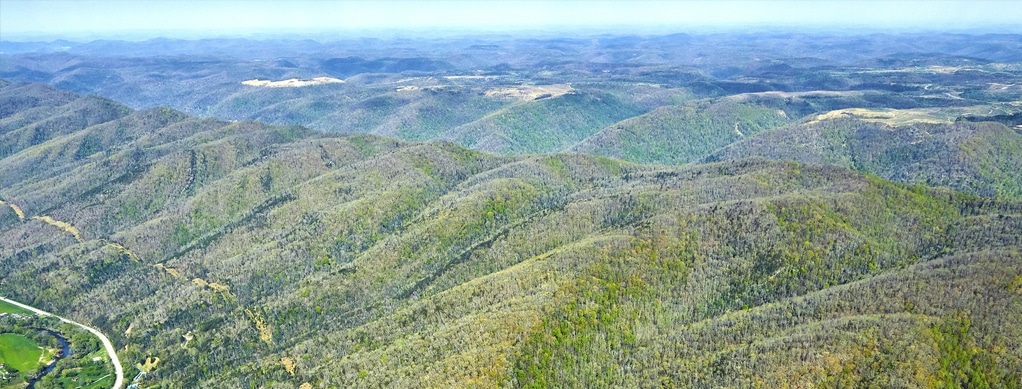
Newly Protected Wildlands Expand Salt Trace Gap
The 290-acre Robert and Cora Carmical Addition expands Salt Trace Gap Preserve to 3,110 acres, protecting forested habitat at the headwaters of the Cumberland River.

A Reflection on Connectedness and Wildlands
Your contributions, alongside thousands of people and partners, have made our conservation successes possible. Please continue to support this wild mission, for today and for the future.
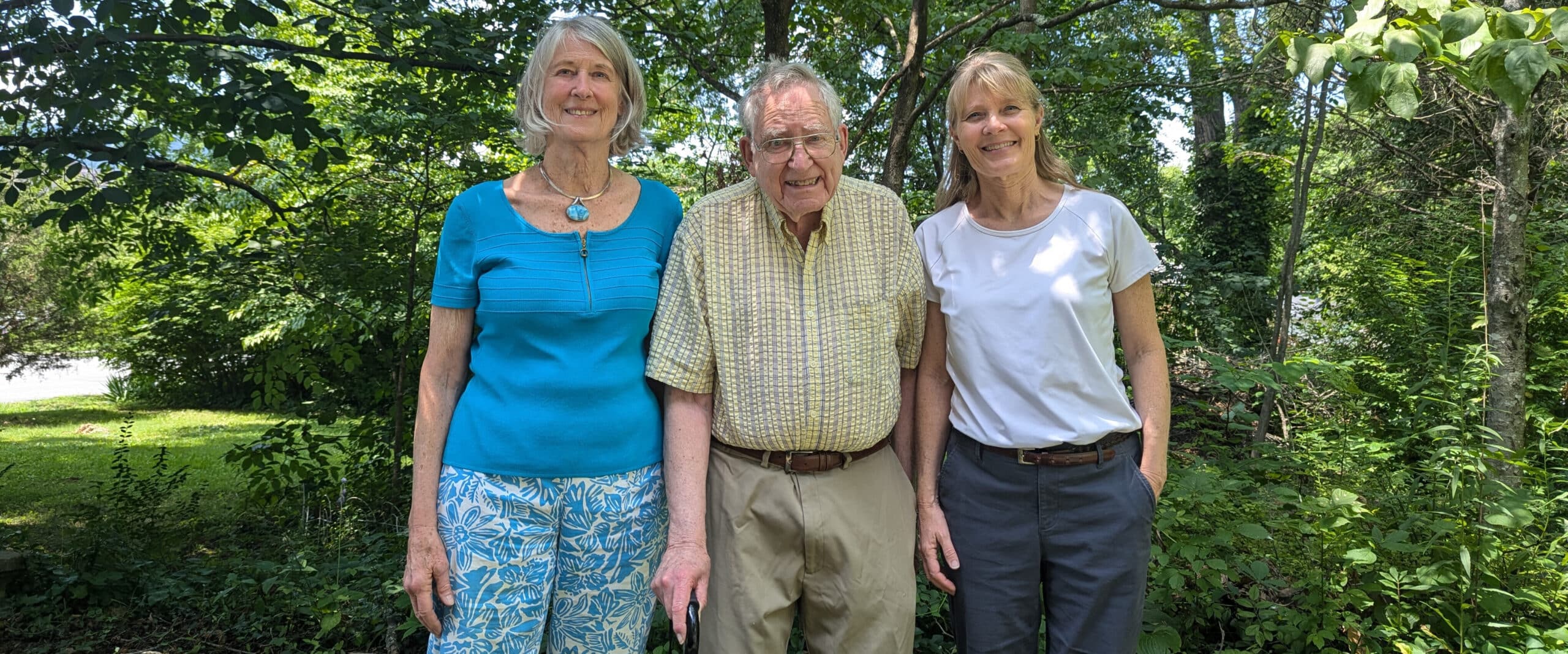
A Love Story, a Legacy, and the Land
KNLT is pleased to introduce Wildlands Legacy Society member Dr. Kenneth Smith of Middlesboro, Ky. Dr. Smith joined the society in 2024 when he made a commitment to support the
Visit our News Archive & Wildlands Blog Archive.
Strategic Plan
Coming soon.
CONTACT US
email: [email protected]
phone: (859) 986-0744
mail: 433 Chestnut Street, Berea, KY 40403
physical address: 213A Short Street, Berea, KY 40403
We welcome visitors but recommend calling to make sure we aren’t out protecting wildlands.



